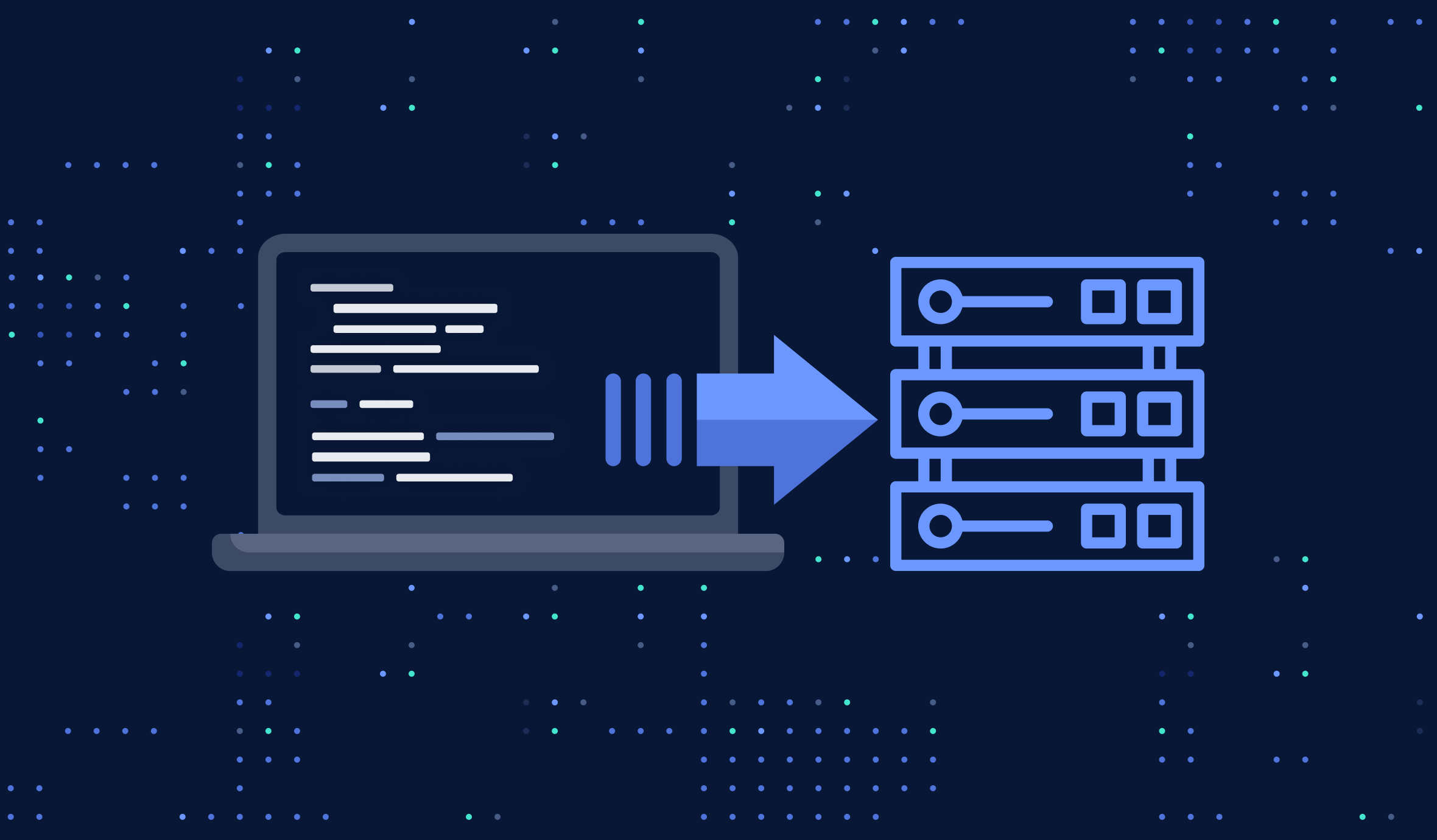Essential DevOps Practices for Accelerating Software Delivery

In today’s fast-paced technological world, software development must keep up with the constant demand for innovation, efficiency, and speed. This is where DevOps Practices come into play. DevOps, a blend of development and operations, is a culture, philosophy, and set of tools aimed at fostering better collaboration between development and operations teams. It seeks to automate and streamline the processes, allowing for rapid, high-quality software delivery. In this article, we will explore the essential DevOps Practices that accelerate software delivery and improve overall project efficiency.
Introduction to DevOps
Before diving into the essential DevOps Practices, it’s critical to understand what DevOps really entails. DevOps is a mindset that encourages continuous communication, collaboration, integration, and automation within the software development lifecycle (SDLC). The core goal is to break down the traditional silos between developers and operations teams, which helps reduce bottlenecks in the delivery pipeline and enables faster, more reliable software releases.
The adoption of DevOps has revolutionized software development for many organizations. With proper DevOps Practices, companies can accelerate product delivery, reduce downtime, and ensure continuous improvement.
Key Benefits of DevOps
Before diving into specific DevOps Practices, let’s look at why implementing DevOps is beneficial for modern software delivery processes:
Faster Time-to-Market
The combination of continuous integration (CI) and continuous delivery (CD) enables teams to deploy changes rapidly, improving responsiveness to market needs.
Higher Quality and Reliability
Automation in testing and deployment minimizes human error, ensuring more reliable and stable software.
Enhanced Collaboration
DevOps fosters a culture of open communication between developers, testers, and operations teams, aligning goals across departments.
Improved Customer Satisfaction
Frequent and reliable releases with continuous feedback loops ensure that the software meets customer expectations efficiently.
Cost Efficiency
Automated processes reduce manual effort, saving time and resources.
Continuous Integration (CI)
One of the most crucial DevOps Practices for accelerating software delivery is Continuous Integration (CI). CI requires developers to integrate code into a shared repository multiple times a day. Each integration is automatically verified by automated builds and tests, ensuring that bugs are caught early in the development cycle.
Reduced Risk
Since developers integrate smaller changes frequently, issues are identified and addressed earlier in the development process.
Faster Feedback Loop
Automated testing provides instant feedback to developers, enabling them to fix issues in real-time.
Better Collaboration
CI fosters collaboration, as it encourages transparency and regular communication between team members.
Continuous Delivery (CD)
While Continuous Integration focuses on integrating code into the repository, Continuous Delivery (CD) ensures that code is always in a deployable state. With CD, every change is automatically tested and pushed to production-ready environments. This practice reduces the lead time for new features and fixes to reach the end-users.
Rapid Releases
With CD, teams can release new features and fixes much faster, keeping pace with user demands.
Higher Confidence in Releases
Since the code is continuously tested and prepared for deployment, the likelihood of deployment failures is significantly reduced.
Customer Satisfaction
Users can receive new features or fixes quickly, enhancing their overall experience.
Infrastructure as Code (IaC)

Another essential DevOps Practice is Infrastructure as Code (IaC). IaC allows developers and operations teams to manage and provision computing infrastructure through machine-readable configuration files, rather than relying on manual processes. This practice allows for consistency and repeatability in infrastructure provisioning.
Elimination of Configuration Drift
With IaC, all environments (development, staging, production) are set up identically, eliminating inconsistencies and reducing bugs.
Automation and Speed
Provisioning infrastructure through code is faster and more efficient than manual setup.
Scalability
IaC makes it easy to scale infrastructure as needed, supporting the demands of large-scale systems.
Automated Testing
Automated Testing is a foundational pillar of effective DevOps Practices. In this practice, tests are automated and integrated into the CI/CD pipelines to ensure that code quality is maintained across all stages of the software lifecycle. Automated tests include unit tests, integration tests, regression tests, and performance tests.
Faster Detection of Bugs
Automated tests catch bugs as soon as they are introduced, reducing the risk of deploying faulty software.
Consistency in Testing
Automated tests ensure that each build is consistently tested, increasing overall reliability.
Efficiency
Developers can focus on writing new features instead of spending time on manual testing.
Monitoring and Logging
For continuous improvement, Monitoring and Logging are vital DevOps Practices. These practices allow teams to continuously monitor applications, infrastructure, and performance metrics in real-time. Monitoring and logging provide valuable insights into system health, performance, and potential issues, allowing for quicker resolutions.
Proactive Issue Resolution
With real-time monitoring, issues can be detected and resolved before they escalate into significant problems.
Better Performance Optimization
Monitoring helps teams identify performance bottlenecks and optimize system performance.
Improved User Experience
By detecting and addressing issues quickly, you can reduce downtime and improve user satisfaction.
Continuous Feedback
Another critical DevOps Practice is Continuous Feedback. The goal of continuous feedback is to create a loop where feedback is continuously gathered from both internal teams and external users. This allows teams to iterate on their development processes, improving the quality and relevance of the software over time.
Better Software Quality
By integrating user feedback early in the development cycle, teams can create products that better meet user expectations.
Faster Problem Resolution
Internal and external feedback loops allow developers to address issues quickly.
Iterative Improvement
Continuous feedback ensures that development processes are continuously refined and improved.
Early Detection of Vulnerabilities
Security measures integrated into the CI/CD pipeline ensure vulnerabilities are caught and addressed early in the process.
Reduced Risk of Security Breaches
Automated security testing ensures that code is secure before it reaches production.
Compliance
Security as Code helps in meeting compliance requirements, as security measures are integrated into every stage of development.
Collaboration and Communication
Last but certainly not least, Collaboration and Communication are key DevOps Practices that enable cross-functional teams to work together effectively. Clear communication between development, operations, and other stakeholders is essential for eliminating silos and fostering a culture of shared responsibility.
Improved Problem Solving
With open communication, teams can work together to solve problems faster and more effectively.
Shared Responsibility
DevOps promotes a culture where both development and operations teams are accountable for the success of the project.
Greater Agility
Collaboration ensures that teams can respond to changes in requirements or issues quickly.
Conclusion
Incorporating these essential DevOps Practices is key to accelerating software delivery, improving quality, and enhancing collaboration within your teams. From Continuous Integration and Delivery to Infrastructure as Code and Automated Testing, each practice contributes to a more streamlined, efficient, and agile software development lifecycle. By adopting these practices, companies can stay competitive, reduce lead times, and deliver value to their customers faster than ever.




